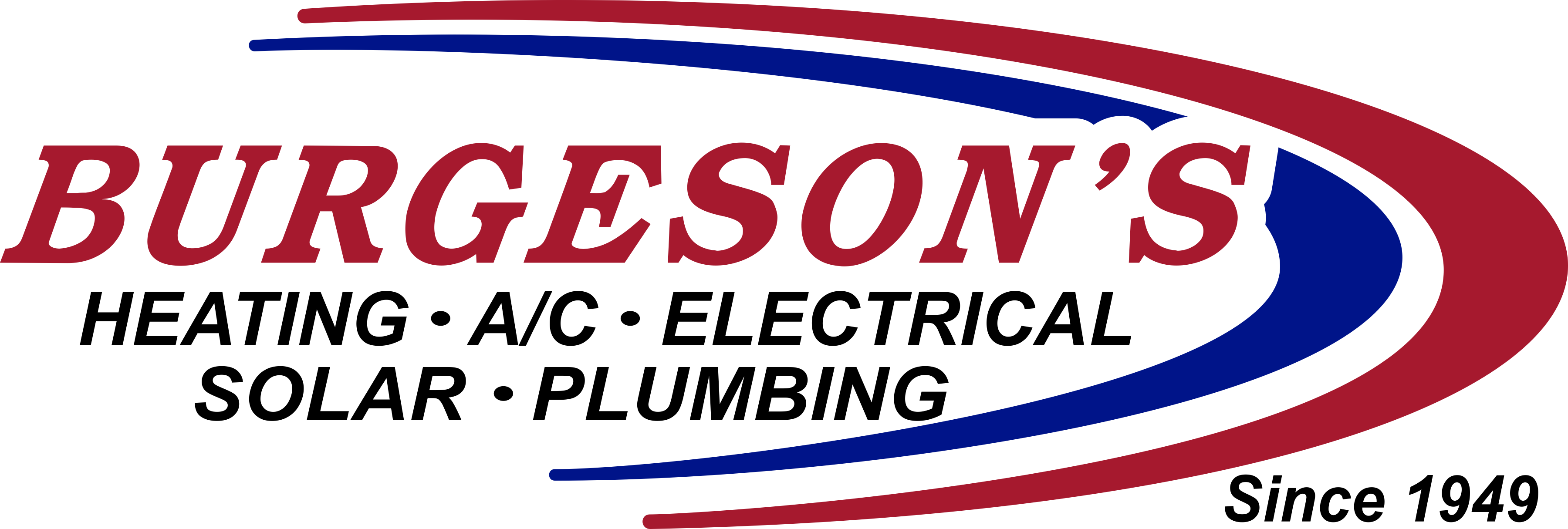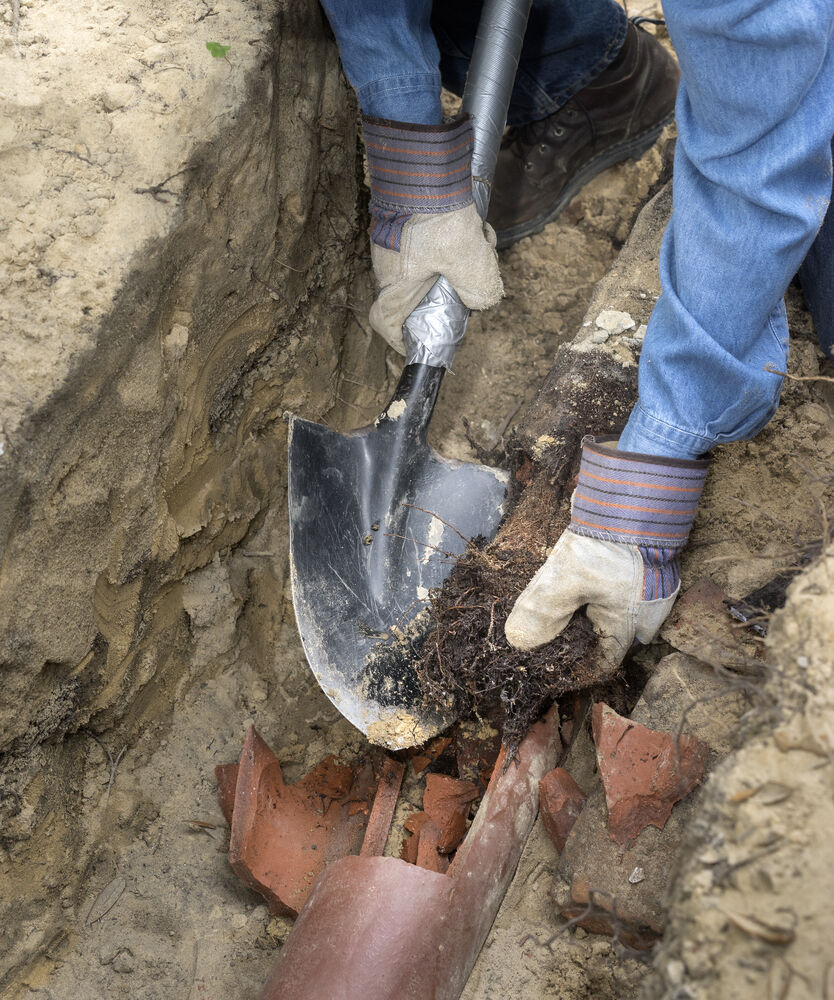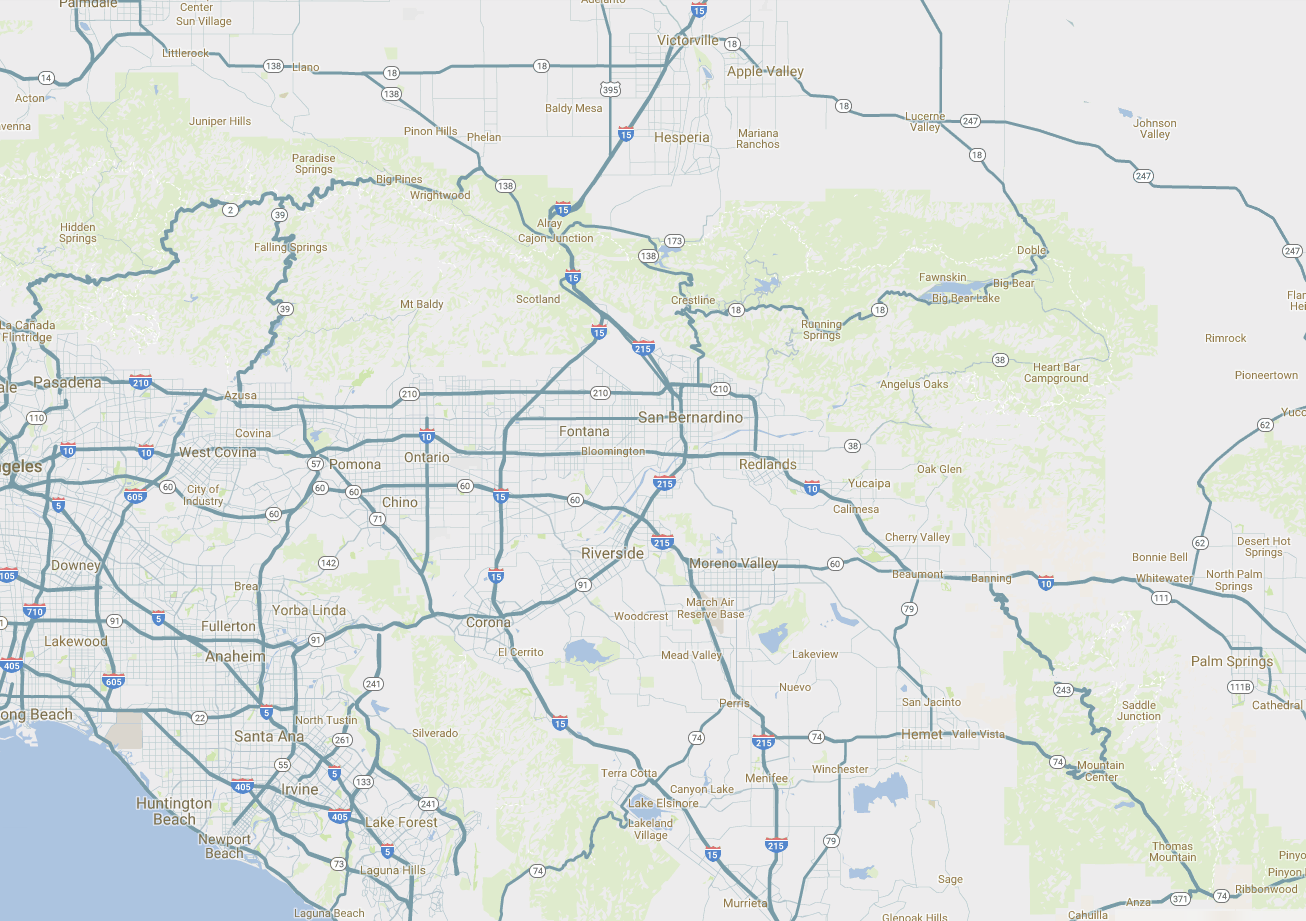If your sewer line needs to be replaced, the first thing you want to know is how much it will cost.
The cost to replace a broken sewer line can range from $500 to $20,000. What you’ll pay for the replacement depends on the following factors:
- The length of the damaged pipe
- The replacement pipe material
- The replacement method used
- The plumbing contractor you hire
Let’s go into more detail about each of these factors to give you a better idea of what you could pay for your sewer line replacement.
__________________________________________________________
Want a quote to replace your sewer line? We can give you an honest, upfront estimate. Call (909-792-2222) or...
___________________________________________________________
Cost factor #1: The length of the damaged pipe
The longer the length of damaged pipe, the higher the cost of the project. This is because the material costs and the labor time required to replace the pipe will increase.
In some cases, the leaks in the sewer line may be widespread and the plumber may recommend replacing the entire line, which will significantly raise the cost. However, replacing a severely-damaged sewer line all at once can save you money in the long run, because you won’t have to pay for additional (and likely, inevitable) repairs and/or damage in the future.
Cost factor #2: The replacement pipe material
Some pipe materials have a higher cost per foot, which will raise the cost of your sewer line replacement.
The most common types of pipe material for sewer lines include:
- PVC or ABS: PVC (polyvinyl chloride) or ABS (acrylonitrile butadiene styrene) pipes are the most commonly used material for sewer line replacements today—and they’re also the least expensive. Plumbers often prefer working with PVC or ABS pipes because they are easy to install and work well with non-intrusive replacement methods (more on those in the next section).
- HDPE: Compared to PVC or ABS pipes, HDPE (high-density polyethylene) are slightly more expensive but also more flexible, which makes them a good choice for areas with seismic activity, such as California. Like PVC or ABS pipes, HDPE pipes are often used in non-invasive (“trenchless”) replacement methods.
- Cast iron: Even though cast iron pipes are mostly found in older homes, they are still occasionally used in pipe replacements today. Though cast iron pipes are highly durable to outside forces, they are prone to internal rust and corrosion. Since cast iron pipes are expensive to install, plumbers only recommended them in certain situations.
After the plumber inspects the material of your existing sewer line, they can help you choose the best replacement pipe for your home and budget.
Cost factor #3: The replacement method used
A broken sewer line can be replaced using one of the following replacement methods:
- Excavation (i.e. traditional digging and trenching) is the most expensive pipe replacement method because it involves substantial digging and will require restoration costs. In fact, the cost of restoring a lawn or carport after the pipe is replaced is the biggest cost factor for excavation, often adding an additional $5,000+ to the overall cost of the project.
- Lining is a less expensive pipe replacement option because it requires minimal digging. Lining is where a plumber digs down to the old sewer pipe, removes the damaged section and installs a flexible pipe through the interior of the entire pipe. The new pipe expands and takes the place of the old pipe.
- Bursting is another relatively inexpensive pipe replacement method where the plumber runs a pipe with a cone-shaped head through the damaged pipe. This cone-shaped pipe breaks up the old pipe and pulls a new pipe in its place.
The location of the damaged pipe and the general layout of your home will determine what method the plumber uses to replace the broken sewer line. In some cases, excavation may be the only replacement option available. To determine the right replacement method for the job, the plumber you hire will perform a camera inspection to assess the damage and find the exact location of the broken pipe.
Cost factor #4: The plumbing contractor you hire
As a general rule-of-thumb, when it comes to sewer line replacements, you get what you pay for.
Higher-quality plumbing companies generally charge more for their replacement services, but they also do better work, which will ensure your new sewer line will last for decades.
Hiring a lower-quality plumber who offers lower prices may seem like a good way to save money, but by doing so, you risk getting a rushed job or subpar replacement work. If your sewer line isn’t installed properly, it will need to be replaced or repaired again, which only costs you more money down the road.
Our advice? It’s better to invest in a high-quality plumbing contractor who will do the job correctly the first time.
How do you know if a plumber is reputable and will do high-quality work?
A reputable plumber will:
- Be licensed and insured in the state of California (ask for their license #)
- Pull the necessary permits to ensure the replacement work is compliant with local plumbing codes
- Provide upfront estimates in writing—before any work begins
- Offer guarantees on their sewer line replacement work
- Have a large selection of positive customer testimonials
If the plumbing contractor follows the criteria above, chances are you’ll have a good experience working with them and they will do solid replacement work.
Want a quote to replace your sewer line?
Or, call 909-792-2222. We’ll give you an upfront quote on the cost to replace your broken sewer line. Our plumbers don’t use high-pressure sales tactics, they just give you honest answers and recommendations.
When you hire Burgeson’s to replace your sewer line, you can count on the job to be done correctly the first time we visit your home. For more information about what to expect when you hire us, visit our plumbing services page.













